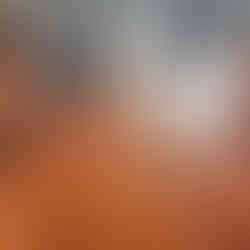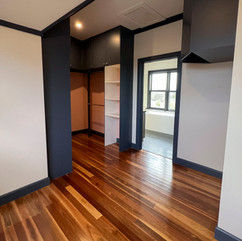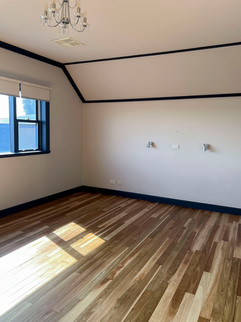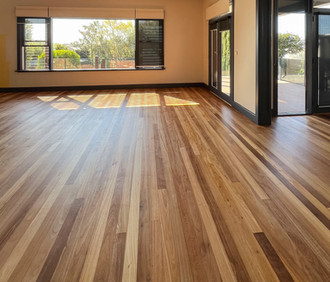Jarrah Floor Restoration with Bleaching and Oil - Glen Iris
- Lucas Lee

- Sep 3
- 2 min read
Bleaching and finishing with a clear oil for a natural aged look
This project involved Jarrah timber flooring in an older home with multiple levels and timber variations throughout. The ground floor featured the original Jarrah, while the staircase and upstairs areas were made from different timbers that had been added during later renovations.
The client wanted to refresh the overall look of the home while keeping it true to its original charm. Our focus was to lighten the existing Jarrah and create as much consistency as possible between the floors and stairs, while maintaining the natural warmth of the home.
Understanding the Timber Differences
Older homes often contain a mix of timbers due to renovations and extensions over the decades. In this case, the main floor was original Jarrah, the stairs were a different species entirely, and the upstairs section was possibly a newer Jarrah or similar hardwood.
This variation meant that even after sanding, the tones and reactions to bleaching would differ slightly. We provided the client with on-site samples to help visualise the options and understand what could be achieved with each section.
Bleaching and Colour Testing
The goal was to reduce the deep red tone typical of Jarrah. After bleaching, we made several sample boards for the client to review. While a lime wash can further neutralise red undertones, the client preferred a clear oil finish without added pigmentation.
Choosing a clear oil allowed the natural age and warmth of the timber to remain visible. It also kept the overall feel of the home authentic rather than forcing a modern tone into a period-style interior.
Post bleaching, unsealed timber.
Stairs and Colour Matching
The stairs were made from a different timber, which created a challenge for colour blending. When using a clear finish, it is not possible to perfectly match different timbers, as each species has its own grain pattern, colour density, and natural undertones.
To blend timbers together, pigmentation is normally introduced through stains or lime washes. However, since the client preferred a completely clear finish, this blending was intentionally avoided to preserve the clarity of the main Jarrah.
Adding pigment to the stairs would have caused a cloudy effect and taken away from the clean, natural look the client wanted.
Final Result
The final finish revealed a beautifully lightened Jarrah floor with a clear, natural oil sheen that highlights the character of the timber and the home’s history. The client appreciated how the finish allowed the floor’s age and grain to show through rather than covering it with colour.
Although the stairs remain slightly different in tone, the overall result suits the property perfectly. It feels honest to the home’s design and era while still refreshed and revived.


Disclaimer
Jarrah and other hardwoods react differently to bleaching and finishing depending on age, density, and previous coatings. When different timbers are present within the same home, achieving a perfect colour match is not always possible, especially when using clear finishes. Our process ensures samples are made on site so the client can see the true reaction of their own floors before work begins.


























































































